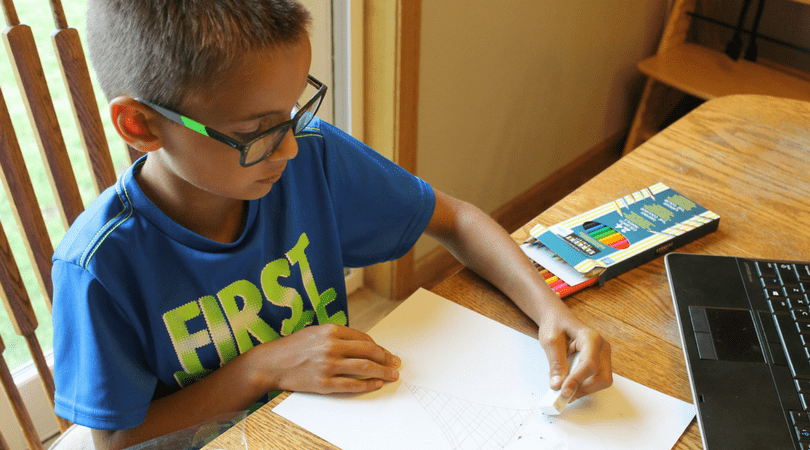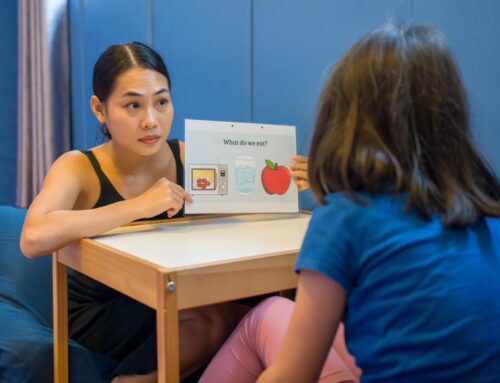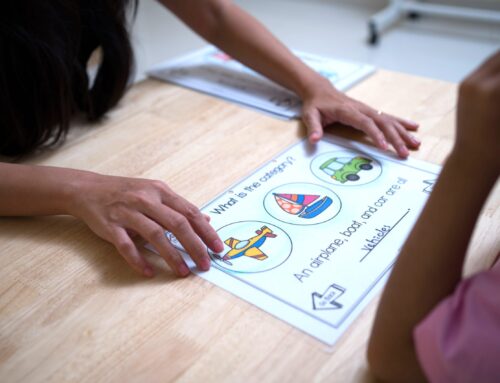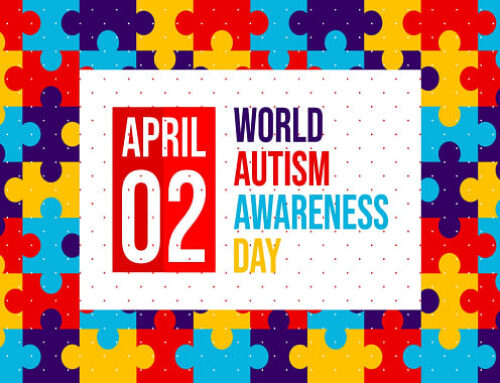Autism spectrum disorder (ASD) is a developmental disorder that affects communication and behavior. Although autism can be diagnosed at any age, it is usually diagnosed in early childhood. People with autism have a wide range of strengths and challenges. Some people with autism are able to live independently and work full-time jobs, while others need significant support in their daily lives.
Communication
One of the most common challenges related to autism is communication. People with autism may have difficulty understanding and using nonverbal language, such as facial expressions and gestures. They may also have difficulty understanding and responding to social cues. This can make it difficult for people with autism to communicate and interact with others.
Behavior
Another common challenge related to autism is behavior. People with autism may have difficulty regulating their emotions and behaviors. They may also have repetitive behaviors or restricted interests. This can make it difficult for people with autism to manage their emotions and behaviors in appropriate ways.
Sensory processing
People with autism may also have sensory processing differences. This means that they may experience the world differently than people without autism. For example, they may be hypersensitive to certain sights, sounds, or textures. This can make it difficult for people with autism to function in everyday environments.
Other challenges
Other challenges that people with autism may face include:
- Anxiety and depression
- Sleep problems
- Learning disabilities
- Attention deficit hyperactivity disorder (ADHD)
- Eating disorders
- Self-injurious behavior
How to support people with autism
There are many things that can be done to support people with autism. Some of the most important things include:
- Providing early intervention and support services.
- Creating a supportive and structured environment.
- Teaching people with autism social and communication skills.
- Helping people with autism develop coping mechanisms for their sensory processing differences.
- Providing access to appropriate education and employment opportunities.





Leave A Comment